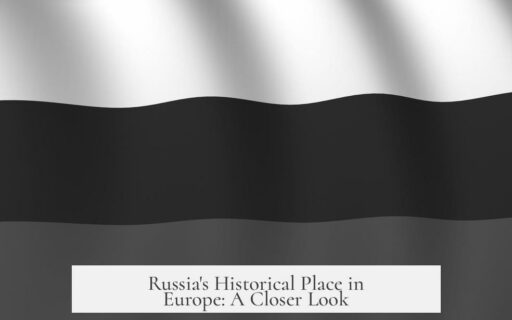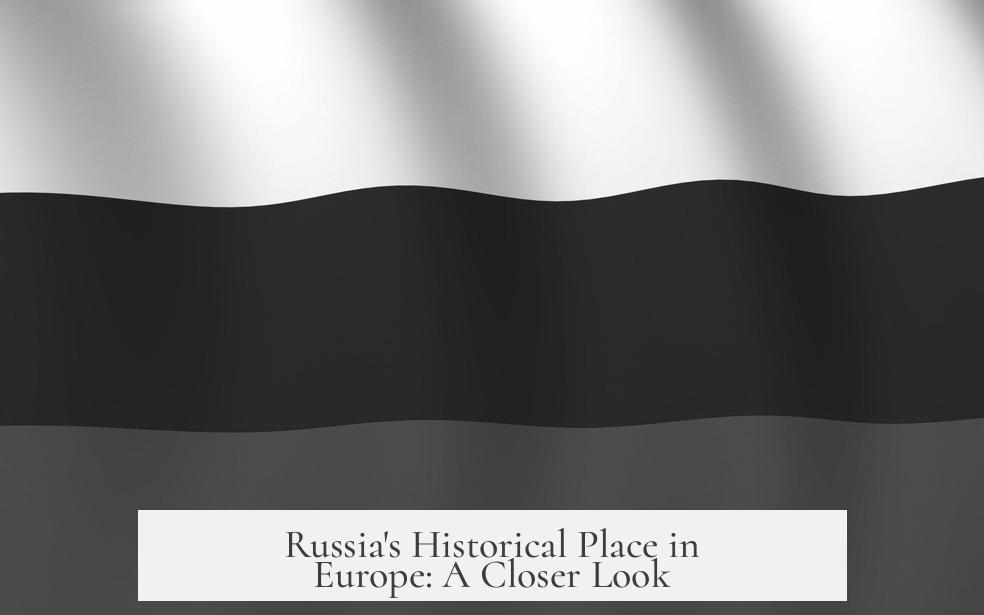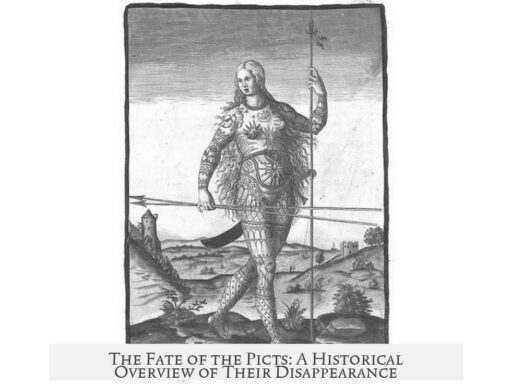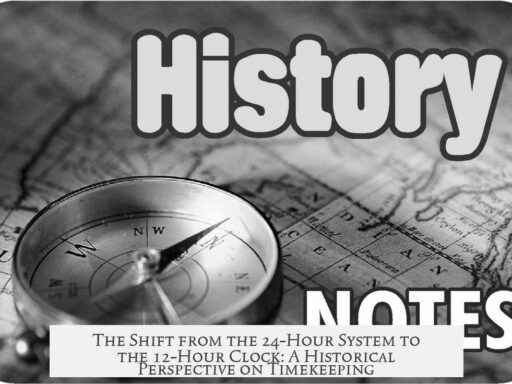Russia has historically occupied a complicated space between Europe and Asia, with its inclusion as part of Europe evolving over time rather than being a fixed concept. The idea of “Europe” itself is relatively new, stemming from Enlightenment-era geographic and intellectual constructs. Russia’s political, cultural, and economic identity did not align seamlessly with Western Europe for much of its history. While Russia engaged with Renaissance Europe through various exchanges, its distinct trajectory caused a divergence from Western Europe, especially evident by the seventeenth century.
Political relations and cultural exchanges occurred between Russia and Western European powers during earlier centuries. Ivan III’s initiative to rebuild the Moscow Kremlin with Italian architects exemplifies early connections. The Livonian War also involved interactions with European states. However, despite such contacts, Russia developed along different lines.
A turning point arrived under Peter the Great in the late seventeenth and early eighteenth centuries. Seeking to modernize Russia and create a dominant empire, Peter introduced sweeping reforms inspired by Western European models. He transformed the administrative structure, prioritized the civil service, and relocated the capital to Saint Petersburg, a city designed as a “window to the West.” Western experts were invited to foster Russian industry, science, and culture.
Despite Peter’s efforts, the reforms elevated foreigners within Russian society rather than empowering ethnic Russians immediately. For instance, the initial members of the Academy of Sciences were exclusively foreigners. Russian intellectual culture lagged behind Western standards, and significant institutions such as Imperial Moscow University appeared late, only in 1755. This university focused on practical governance and applied sciences rather than broad Enlightenment ideals dominant in German and French counterparts.
Russian intellectuals reflected on this divergence. Pyotr Chaadayev, writing in the early nineteenth century, criticized the absence of an authentic Russian identity and integration into Western intellectual currents. His despair over Russia’s inability to develop enduring cultural and philosophical institutions highlights the gap between Russia and Europe. Foreign observers echoed this disparity, noting features such as the persistence of serfdom in Russia long after it vanished in Western Europe.
- Russian serfdom remained until 1861, while Europe largely abandoned it earlier.
- Economic and industrial development trailed Western achievements, as seen in critics’ reactions to the Great Exhibition of 1851 in London.
- Western Europe became a model that many Russian reformers and critics aspired to emulate but struggled to match.
The nineteenth century also saw debates polarized between Slavophilism and Westernization. Slavophiles advocated for Russia to ground its identity in Slavic traditions, rejecting Western intrusion. Others, like the literary critic Vissarion Belinsky, promoted adopting Western values, philosophy, and social structures. Both perspectives show Russia’s uncertain place in relation to Europe—both embracing and resisting Western influence.
Alexander II’s mid-nineteenth-century reforms, including the emancipation of serfs, marked significant attempts at modernization. Yet these changes produced ambivalent outcomes, and Russia’s socio-economic gap with Europe remained persistent. Conservative reactions followed later in the century, especially under Alexander III and Nicholas II, reinforcing a distinct Russian cultural and political path. This was made manifest architecturally in Russian Revival style, prominently displayed in places like the Church of the Savior on Spilled Blood in Saint Petersburg.
By the late nineteenth and early twentieth centuries, Russia was widely recognized as “other” compared to Western Europe. This distinction was evident culturally and politically. At events like the 1893 World’s Fair, Russia presented itself through a unique national identity that highlighted its Slavic and Orthodox traditions rather than Western affiliation. The onset of World War I further exposed Russia’s geopolitical and economic separateness from Western Europe. The collapse of the Romanov dynasty and subsequent revolutions marked the end of imperial Russia’s complex efforts to define itself relative to Europe.
| Aspect | Relationship of Russia to Europe |
|---|---|
| Early Contacts | Political and cultural interactions with Renaissance Europe |
| Peter the Great | Introduced Western reforms, sought to modernize Russia |
| Intellectual Culture | Lagged behind Europe; foreign experts dominated early institutions |
| Nineteenth Century Debates | Split between Slavophilism and Westernization |
| Industrial and Economic Development | Slower than Europe; large gaps persisted |
| Cultural Identity | Russian Revival architecture, rejection of Western models emerged late |
| Recognition by Others | Considered “other” by Europe by early 1900s |
Key takeaways:
- The concept of Europe is a relatively recent invention; Russia’s historic relationship with Europe is complex and evolving.
- Political and cultural ties existed early, but a distinct Russian identity increasingly diverged from Western Europe by the seventeenth century.
- Peter the Great’s reforms aimed at Westernization but initially favored foreigners and failed to immediately create a fully European-style state.
- Russian intellectual and economic development lagged behind Western Europe throughout the eighteenth and nineteenth centuries.
- Debates within Russia polarized between embracing Western ideals and advocating Slavic traditions.
- By the late nineteenth century, Russia was widely viewed as culturally and politically distinct from Europe.
- Russian self-presentation emphasized uniqueness rather than European integration, especially before the Soviet era.
Was Russia historically seen as part of Europe before Peter the Great?
Before Peter the Great, Russia had political and economic ties with Renaissance Europe. However, its identity began to diverge significantly from Western Europe in the 17th century. Russia was seen as apart culturally and intellectually.
How did Peter the Great influence Russia’s place in Europe?
Peter the Great sought to westernize Russia by reforming society and shifting the capital to Saint Petersburg. He aimed to build a Russian empire rivaling Western powers, bringing in many Western experts to modernize industry and culture.
Did Russians fully embrace Western culture after Peter’s reforms?
No, many intellectual and elite positions were held by foreigners, especially Baltic Germans. Ethnic Russians were often excluded, and Russia lacked a strong homegrown Enlightenment culture, which slowed its full integration with Europe.
What was the Slavophile reaction to Russia’s Westernization?
Slavophiles in the 19th century argued that Russia should reject Western ideals and embrace its own Slavic heritage. They opposed westernizing intellectuals who believed Russia should adopt European social and philosophical models.
How did economic and industrial factors affect Russia’s European identity?
By the mid-19th century, Russia lagged behind Western Europe in industry and culture. Events like the 1851 Great Exhibition highlighted Russia’s failure to keep pace with Western industrial power, raising debates about its place in Europe.




